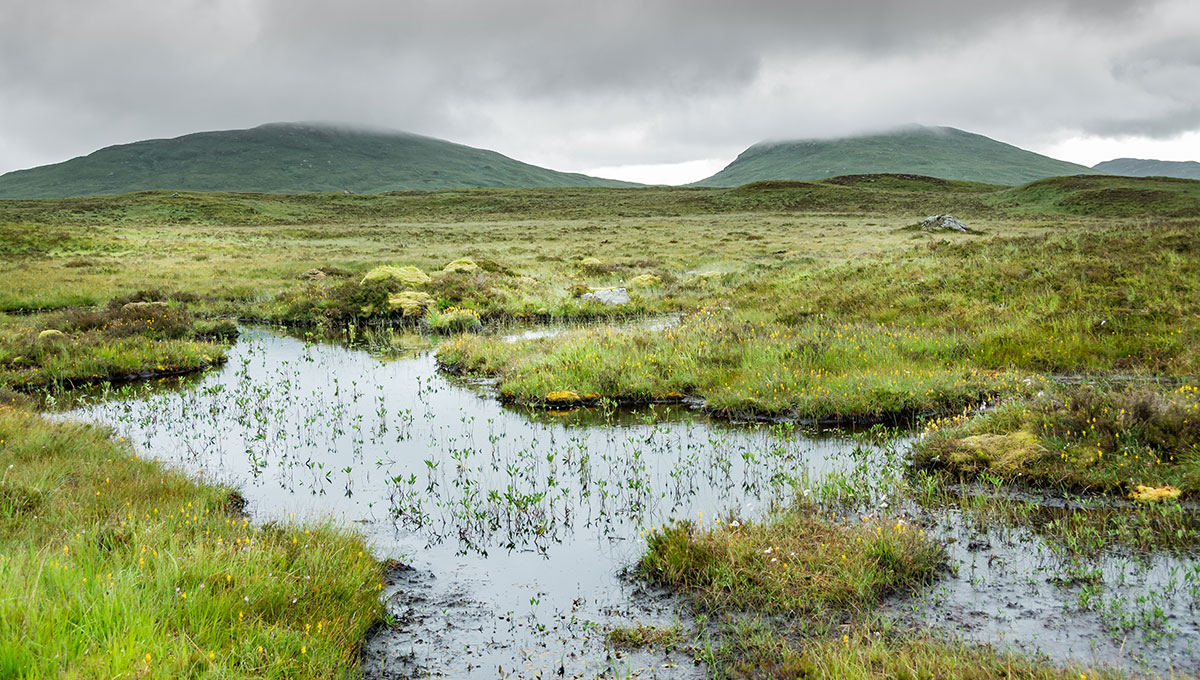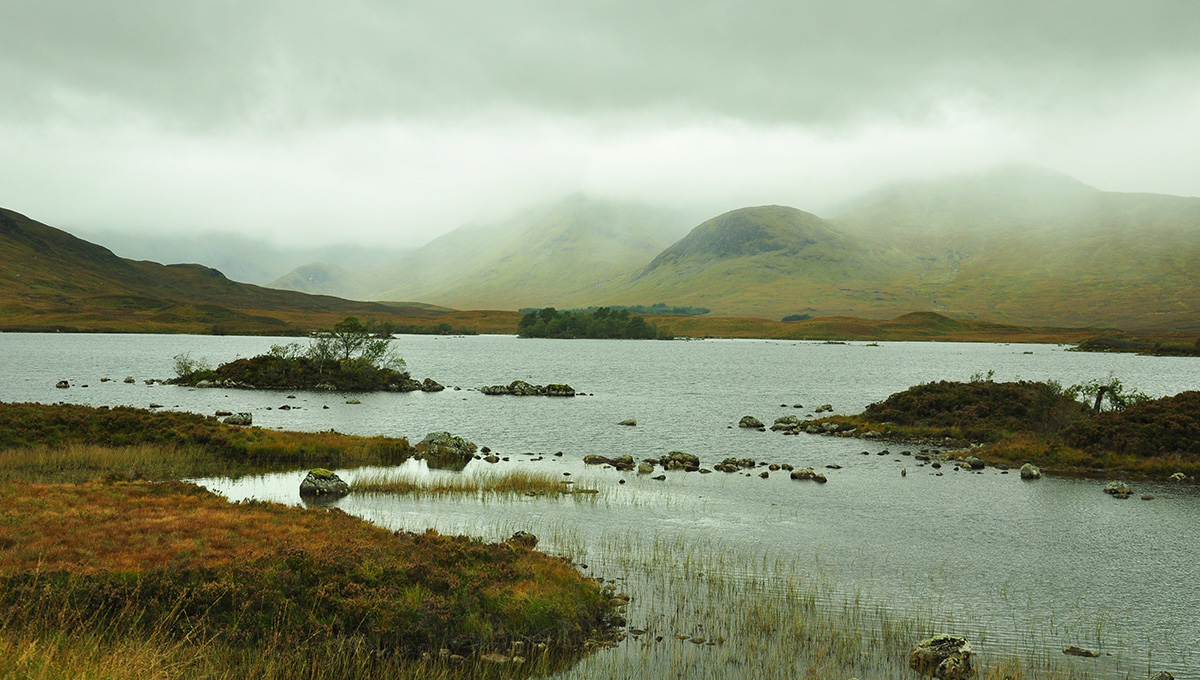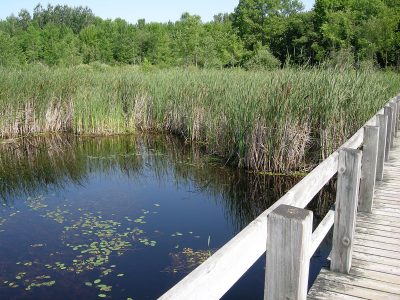By Matt Gergyek
While Master of Architecture graduate Camille Ringrose, like most Carleton University students, was initially caught off guard by the COVID-19 pandemic, she managed to find a silver lining.
With classes transitioned online and a thesis focusing on the Scottish Highlands more than 4,500 kilometres away, Ringrose saw an opportunity to move across the Atlantic Ocean to get as close to her research site as possible. So in September, Ringrose and her partner packed their suitcases and made the leap of faith.

Camille Ringrose
“Being able to come here and safely access my research site has been quite amazing,” she says from Glasgow.
“It’s a whole new experience, which I feel incredibly grateful for.”
For Ringrose, who also holds an undergraduate degree in history and historiography from Western University, her interest in Scotland and the United Kingdom has family roots: Ringrose was born in England, while her mother is Scottish.
Ringrose’s thesis takes inspiration from the work of Cambridge scholar Robert Macfarlane, known for his writing on landscapes, nature and the layers of meaning that make up spaces. More specifically, Ringrose’s research focuses on Rannoch Moor, a rugged area of land in the Scottish Highlands made up of bogs, lochans, rivers and rocky outcrops.
Incorporating research of Scottish folklore, spatial equity, mapping, land ownership, storytelling and nature writing, Ringrose’s thesis explores issues and questions of landscape futures.

A view of Rannoch moor, between moor and marsh, in the rain
“My thesis looks at the methodology of architectural narrative as a way to know and think through a changing landscape. Architecture, like fiction, tells a story. A story about place, about people and about the interconnectedness of space,” says Ringrose, who made a number of field trips to the moor. Her research also digs into the environmental benefits of moors thanks to their large quantities of peat—partially decayed vegetation that can absorb massive amounts of carbon.
Ringrose was first drawn to study architecture at Carleton because the school offered the option of a three-year master’s program, giving students who might not have a background in architecture the opportunity to get oriented with the field in their first year of study. Ringrose also praises the depth of the program, which she compares to an iceberg: the foundations of architecture are at the tip, with “myriad” different subjects below the surface, ranging from engineering and history to ecology and biology.
The pinnacle of the Carleton experience for Ringrose was the community of fellow students she found, reinforced by the shared studio spaces in the Azrieli School of Architecture and Urbanism. “The students are deeply engaged and supportive of each other,” says Ringrose.
“It’s important to have that sense of community. It’s a small, close-knit cohort, which I love.”
Outside the studio and classroom, Ringrose played a key role in helping to establish the Ottawa chapter of The Architecture Lobby, an organization of architectural workers advocating for the value of architecture and pushing for structural changes to the industry around labour laws, unpaid internships, wage transparency and unions.

Rannoch moor and misty mountains in the distance
“It’s a space to share ideas and reflect on the industry, as well as be part of a network that is committed to the health and well-being of the architectural community,” says Ringrose.
“As our chapter is a student chapter, our focus has been on the academic realm of architecture and offers a space to discuss the frameworks of architectural education, as well as support the student community.”
Ringrose is considering pursuing a PhD in architecture and working in academia, something she hadn’t considered until she was a teaching assistant for three years at Carleton. “It’s been really nice to engage with a different generation and learn what they’re thinking about,” says Ringrose. “Knowledge goes both ways in academia.”
Ringrose encourages incoming Carleton students “to follow the rabbit hole.”
“School is such a unique opportunity to follow the things that you love, whether or not you feel like they’re related,” says Ringrose. “A professor once told me to ‘be a sponge,’ and I have tried to take that as literally as possible and absorb all the things that I can, however random they may seem.”

Thursday, June 24, 2021 in Architecture, Convocation, Environment and Sustainability, Faculty of Engineering and Design, Grad Stories, Graduate Students, International
Share: Twitter, Facebook



